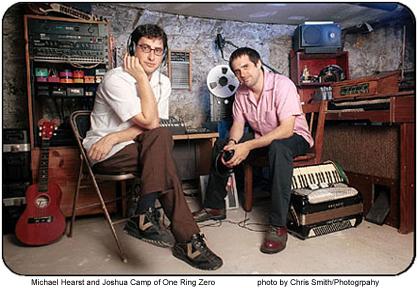 I have to take exception to one paragraph in John Jurgensen’s otherwise expansive “The Secrets of Songwriters” article in yesterday’s Wall Street Journal about lyricists.
I have to take exception to one paragraph in John Jurgensen’s otherwise expansive “The Secrets of Songwriters” article in yesterday’s Wall Street Journal about lyricists.
The offending paragraphs says:
Divorced from a song, words on a page look like poetry–usually bad poetry. “Lyrics just don’t hold up without the music,” says Billy Collins, professor and former poet laureate. When his students argue that the lines by their favorite rock stars should be assessed as literature, he demurs: “I assure them that Jim Morrison is not a poet in any sense of the word.”
I couldn’t disagree more. What about Stephin Merritt of The Magnetic Fields? Even the simplest of his lyrics, like the words to “The Book of Love” stands alone without the music, in my opinion. Or R. Kelly’s careening “Trapped in the Closet” song cycle? Or the amazing lyricists that penned words for the songs of Schubert like Heine?
I’ve been thinking about lyrics a lot lately as the upcoming VoiceBox show next Friday, August 20, is all about song words. The discussion features Michael Hearst (pictured left), one of the co-founders of the alt rock band One Ring Zero, who came into the KALW studios last week on a visit from New York to record the segment. Hearst is a wordsmith who can craft songs out of lyrics that have no pretentions to being literature whatsoever: One of his current projects is to create an album of songs out of the recipes of celebrity chefs like Mario Batali. But he also knows poetry when he sees it. Tune in to our discussion next Friday from 10-11pm on KALW 91.7 FM San Francisco or online at www.kalw.org. The show will also be available for on demand streaming for the week following the broadcast date here.
Speaking of the Wall Street Journal, the paper had another great article about singing in it from San Francisco by David LittleJohn all about the Merola opera program. Read it here.

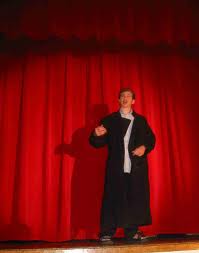 There are probably laws dictating that theatre companies need to make public safety announcements at the start of performances. But I wish companies wouldn’t do it. There’s no greater Joy Kill.
There are probably laws dictating that theatre companies need to make public safety announcements at the start of performances. But I wish companies wouldn’t do it. There’s no greater Joy Kill.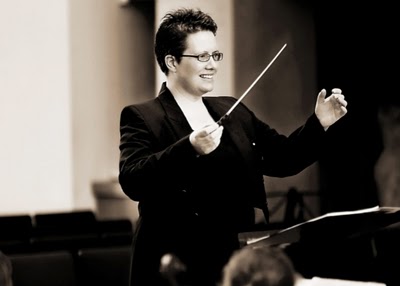 Community groups are up in arms in San Francisco about Proposition L — the proposed Sit-Lie Law on San Francisco’s November 2010 ballot, which, if passed, would mean that no one may sit or lie on a city side walk after 11 pm at night. One of the less likely outcomes of the news is the formation of a new vocal group.
Community groups are up in arms in San Francisco about Proposition L — the proposed Sit-Lie Law on San Francisco’s November 2010 ballot, which, if passed, would mean that no one may sit or lie on a city side walk after 11 pm at night. One of the less likely outcomes of the news is the formation of a new vocal group.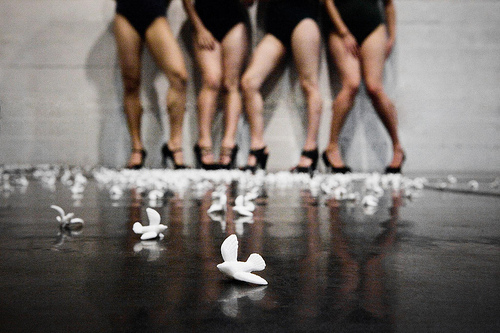 Do you ever feel like, culturally-speaking, you’ve been thrown back into another era? Depending on the experience in question, this can be a good or bad thing. Many great works of art owe their greatness to the fact that they make us feel like we’ve stepped into a different age from our own. But then there are those experiences that take you back in time unintentionally — in other words, they’re “old hat.”
Do you ever feel like, culturally-speaking, you’ve been thrown back into another era? Depending on the experience in question, this can be a good or bad thing. Many great works of art owe their greatness to the fact that they make us feel like we’ve stepped into a different age from our own. But then there are those experiences that take you back in time unintentionally — in other words, they’re “old hat.”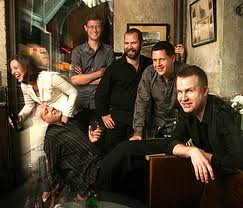 Spent just over 24 hours in Santa Cruz this past weekend. Caught the opening night concert of the
Spent just over 24 hours in Santa Cruz this past weekend. Caught the opening night concert of the 
 I just downloaded the new
I just downloaded the new  Since 1993, the
Since 1993, the 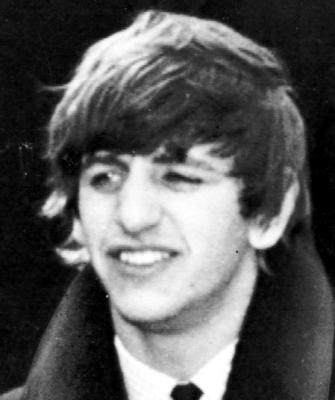 The idea that language is an arbitrary construct, a manmade and sometimes haphazard system created to help us get through our days without too many terrible misunderstandings, is an old one. But it resurfaced in a conversation I had yesterday in an unexpected context.
The idea that language is an arbitrary construct, a manmade and sometimes haphazard system created to help us get through our days without too many terrible misunderstandings, is an old one. But it resurfaced in a conversation I had yesterday in an unexpected context. By far the best descriptor I heard regarding the
By far the best descriptor I heard regarding the 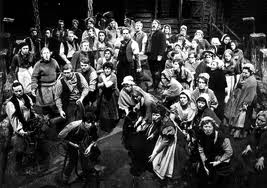 It’s true that opera choruses can sometimes be godawful – a ramshackle group of amateurs in ill-fitting costumes marauding around the stage attempting to upstage the principles and regularly missing cues.
It’s true that opera choruses can sometimes be godawful – a ramshackle group of amateurs in ill-fitting costumes marauding around the stage attempting to upstage the principles and regularly missing cues.